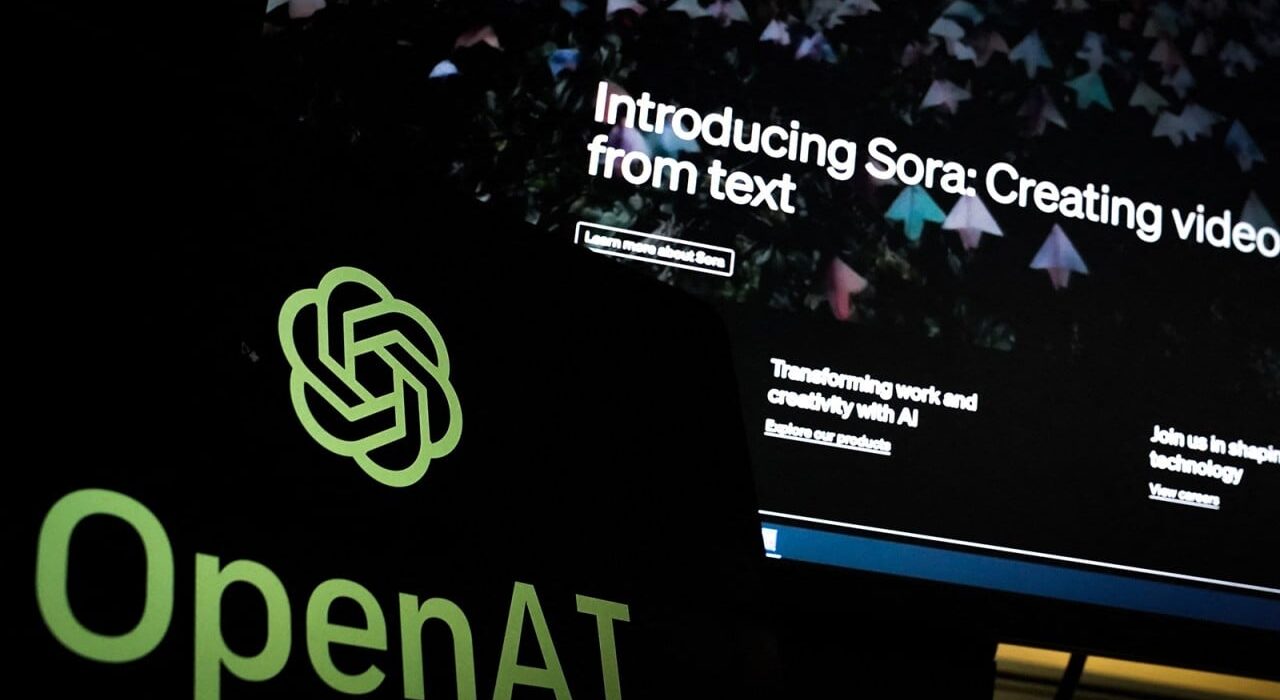Artificial intelligence (AI) is growing fast and changing many parts of our lives. Countries like the United States and China compete to lead this important technology. Recently, OpenAI, a major AI research company, released new open-source AI models. This means anyone can use these tools for free. This move challenges China’s strong position in AI development and could change how AI grows worldwide.
What Are OpenAI’s Open-Source Models?
OpenAI has built some of the most powerful AI systems, including the GPT series. Their newest models are open-source, which means they share the computer code with the public. This sharing helps many people, such as researchers and small companies, use and improve the technology.
Unlike closed AI systems that only a few big companies control, open-source models encourage teamwork and fast innovation. They allow more people worldwide to build new AI tools and share ideas. Therefore, AI development becomes fairer and faster.
How Has China Led AI Development?
China invested a lot of money and effort in AI over the past years. The government aims to become the world’s top AI leader by 2030. Many big Chinese companies like Baidu, Alibaba, and Tencent use AI in different ways. For example, they work on facial recognition, language translation, and self-driving cars.
China’s access to large amounts of data and strong government support helped it move quickly in AI. As a result, China holds an important position in the global AI race.
Why OpenAI’s Move Mattersself-driving cars.
OpenAI’s decision to release open-source AI models is important because it changes how AI technology spreads. Usually, AI systems stay secret or remain controlled by big companies or governments. China’s AI growth mostly happens behind closed doors with little public access.
By making its models open to everyone, OpenAI promotes openness and fairness. This approach allows smaller companies, researchers, and even other countries to catch up with big players like China. It also means more people can check how AI works, helping to find problems or improve ethics in AI.
What Could Happen Next?
This open-source release will likely make the competition between the U.S. and China even stronger. Both countries want to lead in AI because it matters for business, national security, and technology.
OpenAI’s approach may inspire others to share AI tools openly. Thus, it could lead to more teamwork and faster progress worldwide. However, open models also carry risks. People might misuse them to create fake news or harmful content. For this reason, companies and governments must watch AI use closely and create good rules.
China still holds big advantages, such as a large population for data and strong government support. Therefore, the AI race will continue, with both sides working hard to be the best.
Conclusion
OpenAI’s new open-source AI models change the global AI race. By sharing powerful AI tools with everyone, OpenAI challenges China’s lead and supports fairer, faster innovation. This shift will affect how AI grows and serves the world.
At the same time, we must handle open AI technology carefully. Governments, companies, and researchers need to work together to keep AI safe and helpful. The next few years will be exciting as the world’s top AI powers compete and cooperate to shape technology’s future.

